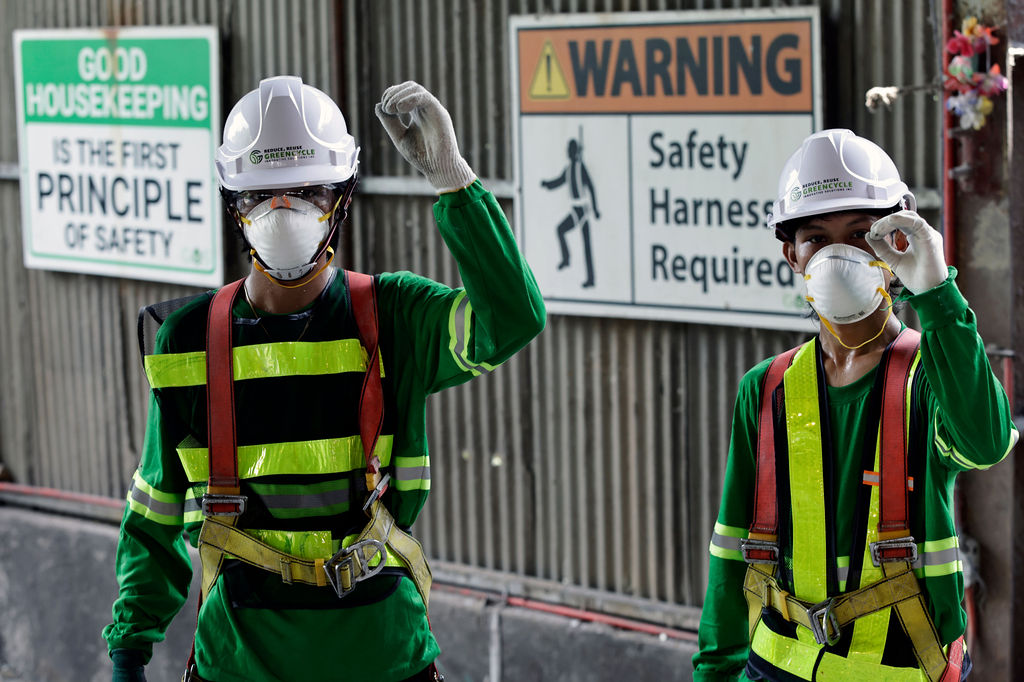Why proper waste management is more important than going plastic-free
Overview
When talking about plastic waste, it is important to acknowledge the ways in which plastic remains essential, and has contributed to our modern world. Understanding the situations will help us manage plastic waste more efficiently.
The world produces around 300 million metric tons of plastic waste every year. With mismanaged plastic waste leaking into the environment, recent reactions have prompted bans and cultivated anti-plastic sentiment. However we might be simplifying the issue, and overlooking some important context. In this article, we take a look at 4 areas in which plastic has aided society and has been key in improving safety around the world.

Healthcare
About 25% of the medical waste generated by hospitals is plastic-related waste. To maintain good hygiene and manage the spread of infection, limiting cross contamination, much of the equipment in hospitals is single-use. With properties such as being waterproof, lightweight, and affordable, plastic can be coated with bacteria-resistant materials and be easy to wipe clean. But with recent strain on hospital systems around the world, we are seeing plastic medical waste as an increasing concern.
In parts of the world where the costs of replacement items are too high, it is more common for surgical equipment to be sterilised and reused. Education is key to bridging the gap between single-use and reusability. A US survey at 4 medical campuses found that 57% of hospital staff were unsure which items in operating theatres could be recycled.

Science and tech
Based on its own habits, the University of Exeter in the UK estimated that the scientific research world generates around 5.5 million tons of plastic waste every year. There's a good reason for this; as in medicine, sterile environments are essential for reliable scientific data. As plastic is durable, lightweight, and see-through, it allows for easy handling and observation.
Alternatives are expensive; glass petri dishes cost around 30 times more than plastic, and are heavier—and more expensive—to transport. With research funding often difficult to secure, this upfront cost can prove too high for academic and research institutions. Furthermore, the energy needed for creating glass—and then recycling or disposing of it—only benefits over plastic if it is used repeatedly.
Many universities are beginning to follow a reuse, reduce, recycle model in the lab. Recycling can be difficult when research waste is contaminated with hazardous chemicals, but innovation and mindset changes are helping. The University of York has developed a sterilisation process that can make plastics safe to recycle, reducing the university’s landfill volumes by a ton a year.
_(cropped).avif)
Transport
It is often assumed that any plastic use must be bad for the planet, but that would be an oversimplification, as we can see in transport. Modern transportation vehicles typically contain up to 20% plastics—in steering wheels, seat belts, air bags, electronic components, and aircraft seats.
There is a positive side to this; it’s much more lightweight than metals. By making planes, trains, boats, and lorries lighter, we reduce the amount of fuel needed to get them from A to B. Reduced fuel use means reduced emissions. Half of Boeing’s Dreamliner 787 comprised plastic-related material, and this has reduced fuel consumption and CO₂ emissions by 20-30%.

Food safety
In 2018, European nations were found to have produced around 14.8 million tons of plastic packaging waste. In comparison, the food waste discarded was 6 times more and estimated to be around 88 million tons in the same year.
According to a study, the carbon footprint of food waste is on average 5 times higher than the impact of the plastic packaging used. Fresh food travels a long way from source to shop, and sometimes gets damaged even before reaching the stores or consumers.
Hence, while reducing or removing all plastic packaging from food-related products sounds simple and straightforward enough, the reality is that plastic packaging has played a key role in minimising food wastage, conserving environmental resources that have gone into the food production.
Flexible plastic packaging that can be made airtight keeps food safe from bacteria and other contaminants that lead to deterioration on the road. 1.5g of plastic film wrap can extend a cucumber’s shelf life from 3 to 14 days. Stronger, durable packaging protects products from damage, so they remain sellable at their destination.
Some solutions include shorter supply chains—the shorter the distance travelled by food, the less protection it needs. You may have come across similar concepts like ‘farm-to-table’. This is, however, not always geographically or economically possible. Moving towards a circular economy, where plastic is reused and recycled, is crucial. Policy interventions and financial incentives that push for this goal are a step towards ensuring food waste and plastic waste are reduced at the same time.
Plastic can be a force for good, if we manage it well
Plastic has an important role to play in modern society, but we need to better manage its life cycle. We also need to ensure we have proper waste management systems in place to collect and recycle our plastic waste once we are done with it (learn more about that here). In this way, plastic can help us fight environmental and health challenges, while conserving our natural resources and becoming a more sustainable product in itself.
Stay in the loop
Subscribe to our newsletter for the latest news and updates from the Alliance







.avif)